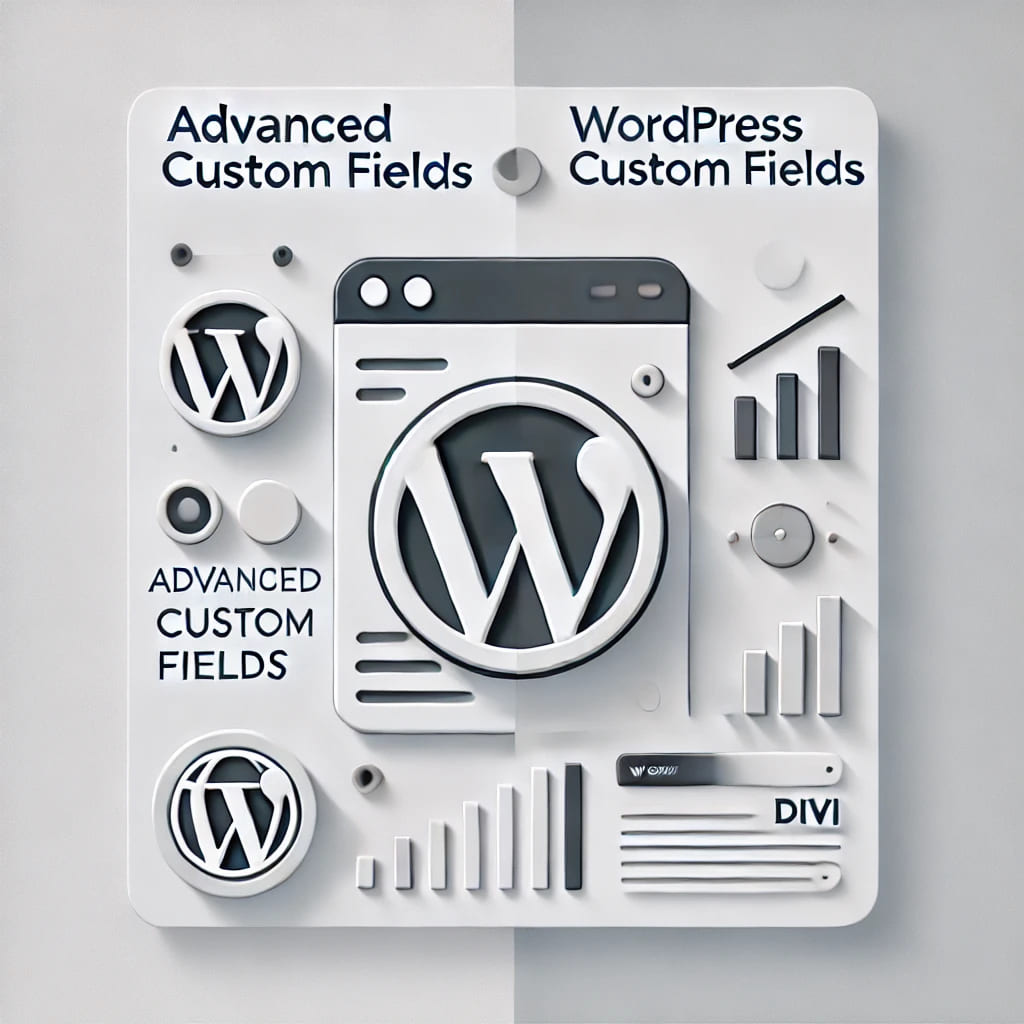Introduction
Website design is not merely an aesthetic endeavor; it’s a strategic one that directly impacts user experience, and by extension, marketing and sales outcomes. This article aims to explore the fundamental principles of effective website design and how they contribute to a seamless user experience that drives conversions and customer loyalty.
The Pillars of Good Website Design
- Visual Design: The visual elements, including color schemes, typography, and imagery, should align with the brand’s identity and evoke the desired emotional response from visitors. Consistency in visual design enhances brand recognition and trust.
- Layout and Navigation: A well-structured layout with intuitive navigation is crucial for user engagement. Menus should be easily accessible, and important information should be no more than 2-3 clicks away. The use of breadcrumbs can further enhance navigation.
- Responsiveness: With the increasing use of mobile devices, a responsive design that adapts to different screen sizes is non-negotiable. Google also considers mobile-friendliness as a ranking factor, making it essential for SEO.
- Content Hierarchy: Effective use of headings, subheadings, and bullet points helps in organizing content and making it easily scannable. This is particularly important for long-form content like blogs and product descriptions.
- Load Time: Slow-loading websites are a conversion killer. Optimizing images, leveraging browser caching, and minimizing code can significantly improve load times.
Design Elements that Drive Sales
- Call to Action (CTA) Buttons: The design, color, and placement of CTA buttons can significantly impact conversion rates.
- Landing Pages: These are designed with a single focus—to convert visitors into leads or customers. Every element, from the headline to the CTA, should be optimized for conversion.
- Forms: The design of forms, including the number of fields and the type of questions asked, can influence the quality and quantity of leads captured.
- Product Pages: High-quality images, clear descriptions, and easy navigation are key to converting visitors into customers.
User Experience (UX) and Conversion Rate Optimization (CRO)
- A/B Testing: Regularly test different design elements to identify what resonates most with your audience.
- User Flows: Map out the typical paths that users take through your website and identify any friction points that could be optimized.
- Heatmaps: These provide insights into where users are clicking and how far they are scrolling, helping to optimize page layouts.
Strategic Benefits for Marketing and Sales
- Reduced Bounce Rates: Good design keeps users engaged, reducing bounce rates and increasing the likelihood of conversion.
- Improved SEO: User experience is a ranking factor for Google, making good design an SEO asset.
- Enhanced Trust: Professional, clean design enhances credibility, which is crucial for sales, especially in e-commerce settings.
Best Practices
- Accessibility: Ensure that your website is accessible to people with disabilities. This is not only a legal requirement but also expands your potential customer base.
- Regular Updates: Design trends change, and your website should evolve to meet current standards and expectations.
- User Feedback: Regularly collect and analyze user feedback to make data-driven design improvements.
Conclusion
Understanding the principles of good website design is essential for anyone involved in marketing and sales. A well-designed website not only enhances user experience but also contributes to higher conversion rates, better SEO rankings, and increased customer trust. By adhering to these principles and continuously optimizing, businesses can create a website that serves as a powerful tool in their marketing and sales arsenal.



